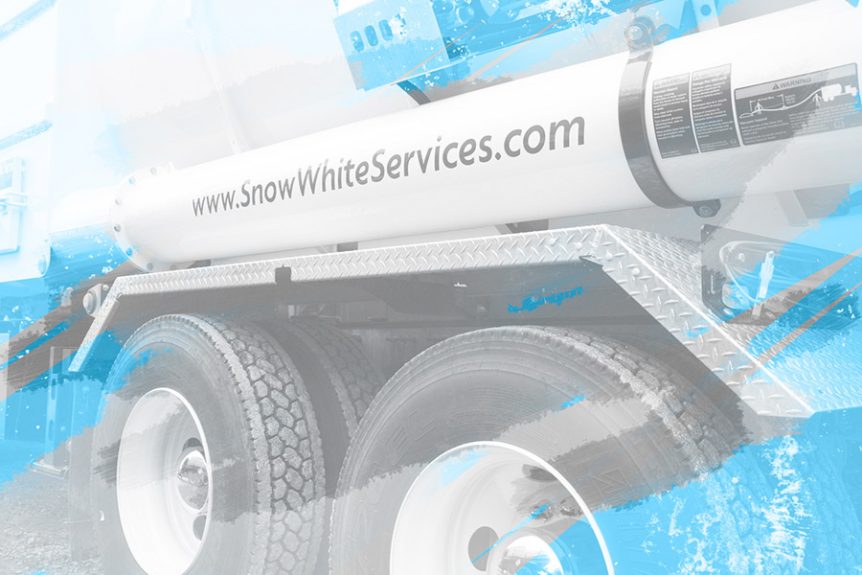Regenerative Thermal Oxidizer Operation
Many industries use regenerative incinerators known as regenerative thermal oxidizers (RTOs) to destroy volatile organic compounds (VOCs), hazardous air pollutants (HAPs), and odorous emissions from waste gas streams. The regenerative thermal oxidizer combusts the waste stream contaminants via thermal oxidation and uses a preheat cycle to maximize heat recovery. Destruction efficiencies depend on chamber temperature, contaminant concentration and type, residence time and degree of mixing.
Modern regenerative thermal oxidizers use flow dampers (valves), multiple heat recovery chambers (packed with ceramic media), and a combustion chamber to heat and combust the waste stream contaminants to carbon dioxide and water. The RTO requires at least two recovery chambers and continuously cycles the inlet and outlet streams between the recovery chambers.
The first recovery chamber extracts the heat from the purified outlet stream (hot stream) as it exits the combustion chamber. Once the first recovery chamber reaches temperature (timed cycle), the flow dampers redirect the flow so that the contaminated inlet stream (cold stream) flows through the first recovery chamber (hotter chamber) and the outlet stream flows through the second recovery chamber (colder chamber). This cycle continues during operation.
Some RTO designs use a third recovery chamber for a purge cycle to prevent emission spikes during operation. The efficient use of heat in a regenerative thermal oxidizer minimizes the use of fuel and lowers CO2 emissions.
Performance Degradation
Inlet waste stream compositions and particulate matter concentrations vary by industry and when particulate matter is present, it impacts and deposits on the ceramic media, valves, and interior surfaces. Particulate accumulation plugs and fouls the media, increases the differential pressure across the recovery chambers, reduces valve performance, and lowers the thermal efficiency of the regenerative thermal oxidizer.
Under these conditions, the induced draft fans consume more energy, the combustion chamber requires more fuel, and the particulate buildup poses a fire hazard.
RTO Cleaning
To restore media performance, bake outs or wash outs remove particulate deposits from the used media and in some cases media replacement is the best solution. Clean media reduces the pressure differential across the recovery chambers and improves thermal efficiency.
With heavy particulate accumulation, valves do not seat properly and valve cleaning restores flow damper performance.
Routine RTO cleaning reduces annual operating costs, increases performance, and improves safety. Snow White Services offers regenerative thermal oxidizer cleaning and inspection services.



